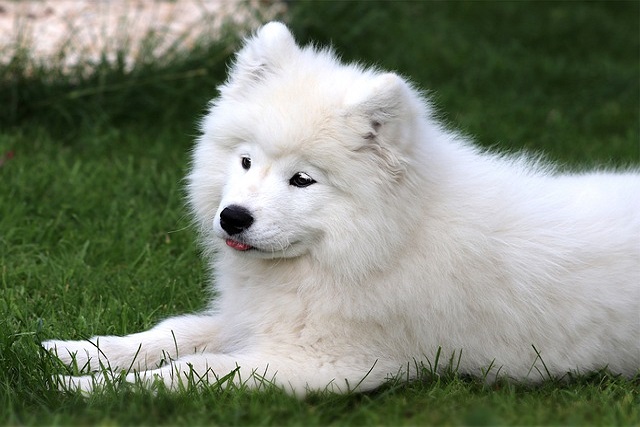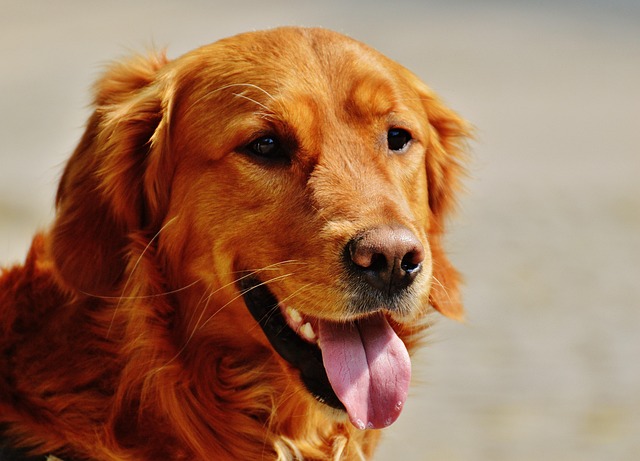
are plastic water bowls bad for dogs
If you’re a new dog owner stocking up on supplies, you might pause at the pet aisle and wonder: Are plastic water bowls bad for my pup?
You’ve probably stood in the backyard, watching your pup sniff every patch of grass like it’s on a top-secret mission—only to do their business in a new spot you just cleaned up. It’s not defiance; dogs rely on scent cues more than consistency. A recent rain washing away old smells, or even a new plant you added, can make that “usual spot” feel unrecognizable to them.
This behavior also ties to local rules many owners overlook. Most cities in the U.S. and Europe require picking up after your dog, but some areas have specific zones for canine waste—like designated spots in public parks. If your dog keeps avoiding a spot you’ve chosen, double-check if that area is actually compliant with local ordinances. For example, in parts of California, using untreated grass areas as dog toilets can violate community green space rules, which might unknowingly stress your pup too.
 Behavioral tweaks can help guide them without frustration. Try leaving a small amount of their old waste (in a biodegradable bag, to follow rules) in the spot you want—scent is their compass. Also, stick to a routine: dogs often poop 15-30 minutes after eating or walking, so taking them to the same area during those times builds familiarity. Avoid scolding them for choosing a different spot; it’ll only make them anxious about pooping in front of you at all.
Behavioral tweaks can help guide them without frustration. Try leaving a small amount of their old waste (in a biodegradable bag, to follow rules) in the spot you want—scent is their compass. Also, stick to a routine: dogs often poop 15-30 minutes after eating or walking, so taking them to the same area during those times builds familiarity. Avoid scolding them for choosing a different spot; it’ll only make them anxious about pooping in front of you at all.
Remember, some dogs avoid spots for safety reasons too. If a loud noise (like a neighbor’s lawnmower) scared them while they were pooping in one area, they’ll steer clear next time. Observe their body language—ears back or tail tucked means they’re uncomfortable, not stubborn. Adjusting the spot to be quieter, or more sheltered, can make a big difference. And always carry waste bags; even if you’re in a “quiet” area, violating pick-up laws can lead to fines up to $500 in places like New York City.
At the end of the day, patience beats frustration. Dogs don’t understand “same spot” the way we do—they understand scent, routine, and safety. By aligning their needs with local rules, you’ll both feel more at ease during those daily walks. Plus, consistent, compliant habits help keep neighborhoods clean and friendly for everyone—two goals every responsible dog owner can get behind.

If you’re a new dog owner stocking up on supplies, you might pause at the pet aisle and wonder: Are plastic water bowls bad for my pup?

If you’ve noticed your dog planted on their cooling mat for hours on a hot day, you might be wondering: Is there a limit to how long they can lay there?

Many dog owners find themselves pausing mid-snack prep when their pup begs for a bite of tomato. It’s a common scene—you’re slicing up veggies for a salad, and your furry friend is staring up at you, tail wagging, hoping for a taste.

You invested in a dog cooling pad to keep your pup comfortable during summer, but now you’re wondering: How long will it actually hold up? Many new U.S.

Watching your once-energetic dog slow down as they age can spark a scary question: Do old dogs decline quickly? The answer is no—usually.

Walking into the kitchen with your dog’s favorite kibble only to have them walk away can feel alarming—especially if you know they have kidney failure.